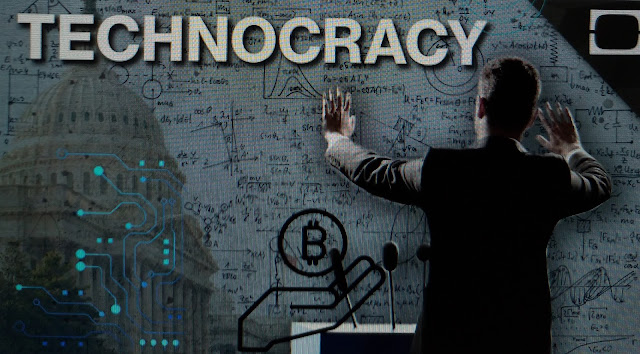The subtle difference between Web3 & Web 3.0
The advanced & modern internet technology
The terms "Web3" and "Web 3.0" are often used interchangeably to refer to the next generation of the internet. However, there is a subtle difference between the two.
Web3 generally refers to the current state of the internet where the focus is on decentralized technologies like blockchain, distributed computing, and peer-to-peer networking. The goal of Web3 is to create a more open, transparent, and decentralized internet that empowers individuals and allows for more secure, private, and censorship-resistant transactions and interactions.
On the other hand, Web 3.0 (also known as the Semantic Web) is the proposed future evolution of the internet where data is more interconnected, machine-readable, and easier to understand for both humans and machines. It aims to make the web more intelligent and provide more meaningful experiences to users by using technologies like natural language processing, artificial intelligence, and machine learning.
In summary, Web3 is the current state of the internet with a focus on decentralization, while Web 3.0 is a proposed future evolution of the internet that emphasizes machine-readability and intelligence.
These are some characteristics of Web 3.0
Web 3.0, also known as the Semantic Web, is expected to have several key characteristics that differentiate it from the current state of the internet (Web3). Here are some of the main characteristics:
Machine-Readable Data: Web 3.0 will enable data to be more easily understood by machines, through the use of technologies like RDF (Resource Description Framework) and OWL (Web Ontology Language). This will allow for more automated processing of information, and make it easier for machines to find and interpret data.
Intelligent Systems: Web 3.0 will enable the creation of intelligent systems that can process and understand information in a more sophisticated way. This will be achieved through the use of technologies like natural language processing, machine learning, and artificial intelligence.
Personalization: Web 3.0 will enable personalized experiences for users, based on their individual preferences, interests, and behavior. This will be achieved through the use of technologies like machine learning, which can learn from user behavior and tailor content and services accordingly.
Interoperability: Web 3.0 will enable greater interoperability between different systems and applications, through the use of standard data formats and protocols. This will make it easier for different systems to communicate and share data with each other.
Decentralization: While decentralization is also a key characteristic of Web3, it is expected to become even more important in Web 3.0. Decentralized technologies like blockchain and distributed computing will enable greater control and ownership of data by individuals, as well as greater transparency and security.
Overall, Web 3.0 is expected to be a more intelligent, personalized, and interoperable web, with a greater emphasis on machine-readability and decentralization.
These are some Web3 characeristics
Web3 is a term used to describe the current state of the internet, which is characterized by the increasing use of decentralized technologies like blockchain, distributed computing, and peer-to-peer networking. Here are some of the main characteristics of Web3:
Decentralization: Web3 is characterized by the decentralization of data, applications, and services. Decentralized technologies like blockchain enable individuals to have greater control and ownership of their data, and enable more secure, private, and censorship-resistant transactions and interactions.
Interoperability: Web3 aims to create a more interoperable internet, where different systems and applications can communicate and interact with each other. This is achieved through the use of standard protocols and data formats.
Openness: Web3 is characterized by openness and transparency, with a focus on open source software, open data, and open standards. This promotes collaboration and innovation, and enables individuals to participate more fully in the development of the internet.
Privacy: Web3 emphasizes privacy and security, with a focus on protecting users' personal data and online identities. Decentralized technologies like blockchain enable more secure and private transactions, while tools like encryption and secure messaging help protect user privacy.
Community-driven: Web3 is driven by a strong sense of community and collaboration, with a focus on building decentralized networks and applications that are owned and governed by the community. This promotes greater trust, transparency, and accountability, and helps to ensure that the internet is more resilient and sustainable.
Overall, Web3 is characterized by decentralization, interoperability, openness, privacy, and community-driven development. These characteristics are all aimed at creating a more open, transparent, and decentralized internet that empowers individuals and enables more secure, private, and censorship-resistant transactions and interactions. Thanks for reading, if you like my post please leave your comment and follow me.



If you like my post please leave your comment.
ReplyDelete